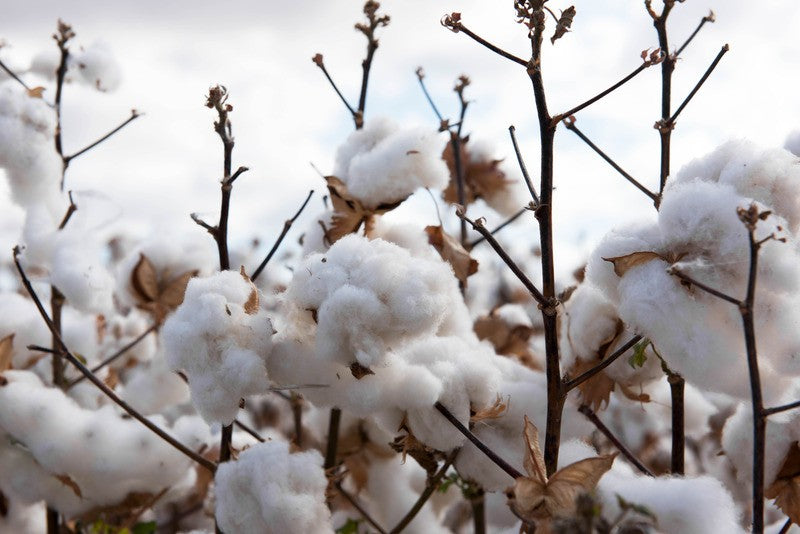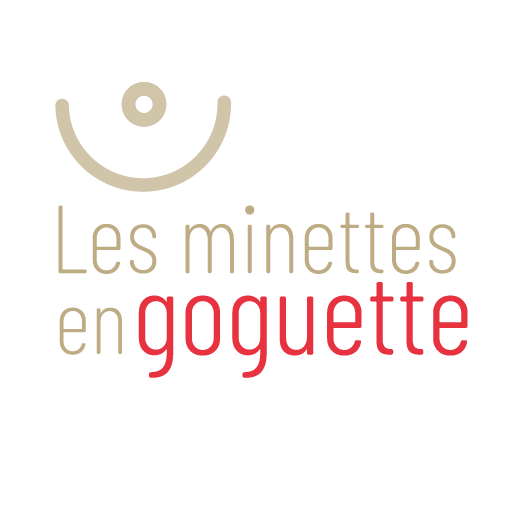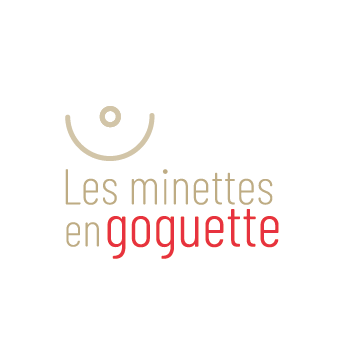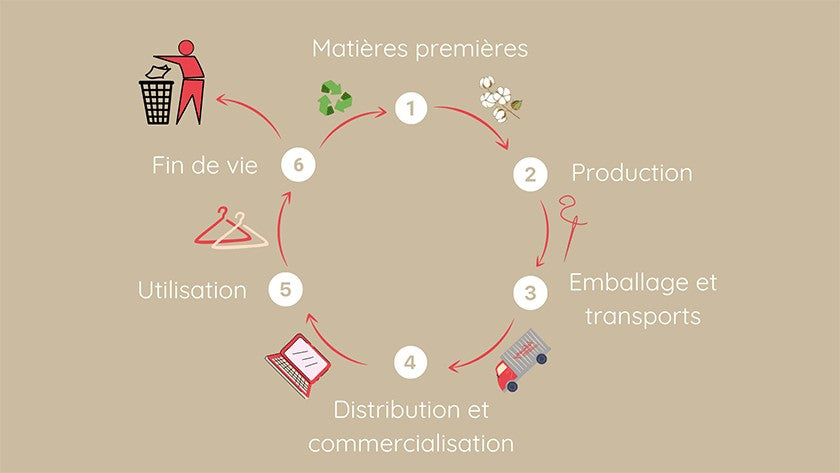Cotton: what impact on our environment?

We told you about the toxic substances present in our clothes in our last post. We wanted to complete this post by giving you a little tour of the textile market. To know what is available on the market, we make you a catalog of materials , and their impact on our health and the environment!

Cotton is a hypoallergenic and inexpensive material compared to other textiles. It is easy to maintain, resists friction and has good absorption capacity. But few people know that there are two types of cotton: conventional cotton and organic cotton, differentiated by the way they are grown.
Conventional cotton
Conventional cotton is not environmentally friendly.
Cotton is a fragile plant that needs to be cultivated with pesticides and fertilizers. According to WHO, cotton cultivation occupies 3% of the world's cultivated areas, but consumes 25% of the insecticides used in the world!
Cotton cultivation is also very water intensive . According to WWF, a single kilo of cotton consumes up to 20,000L of water. This has had disastrous consequences for certain regions of the world.
For example, the Aral Sea (located in Central Asia) has partially dried up due to the cultivation of cotton and wheat. There is 20 to 60km3 less water each year, and pesticides have killed the fish that lived there. In 2021, 75% of the surface has disappeared since 1960. It has also been proven by the WHO that the evaporation of contaminated water, carried to land, has caused a great wave of cancers, anemia and infant mortality (the highest in the world).
So what to do? There is another alternative: organic cotton.
Organic cotton
Organic cotton is much more environmentally friendly. But it is still unknown! It represents only 2 million tonnes sold per year out of 17 billion tonnes of conventional cotton.
When growing organic cotton, compost or natural fertilizers replace pesticides. This type of cultivation requires less water (because the soils of organic farming are then richer and there is no longer any need for water to dilute the pesticides).
Natural fertilizers deplete the soil less, and therefore damage the environment less.
It also represents fewer health problems due to pesticides. This therefore protects workers (most at risk in general), but also the local population…and all those who wear it!!
However, no textile is perfect ! Water is becoming a rare commodity and organic cotton is still water-intensive, even if it is less so than conventional cotton. This is why we must continue to buy intelligently, being aware of the impact of our clothes. For example, recycled cotton is the one to favor to reduce its environmental footprint.
You can recognize it easily :

It is today the material most used to make clothing, and we want to show you all the other alternatives that exist, and that we will use at Les Minettes en Goguette!
We therefore hope that this article has helped you to see things more clearly. We are going to create a series of articles talking about each fabric on the market.





Leave a comment